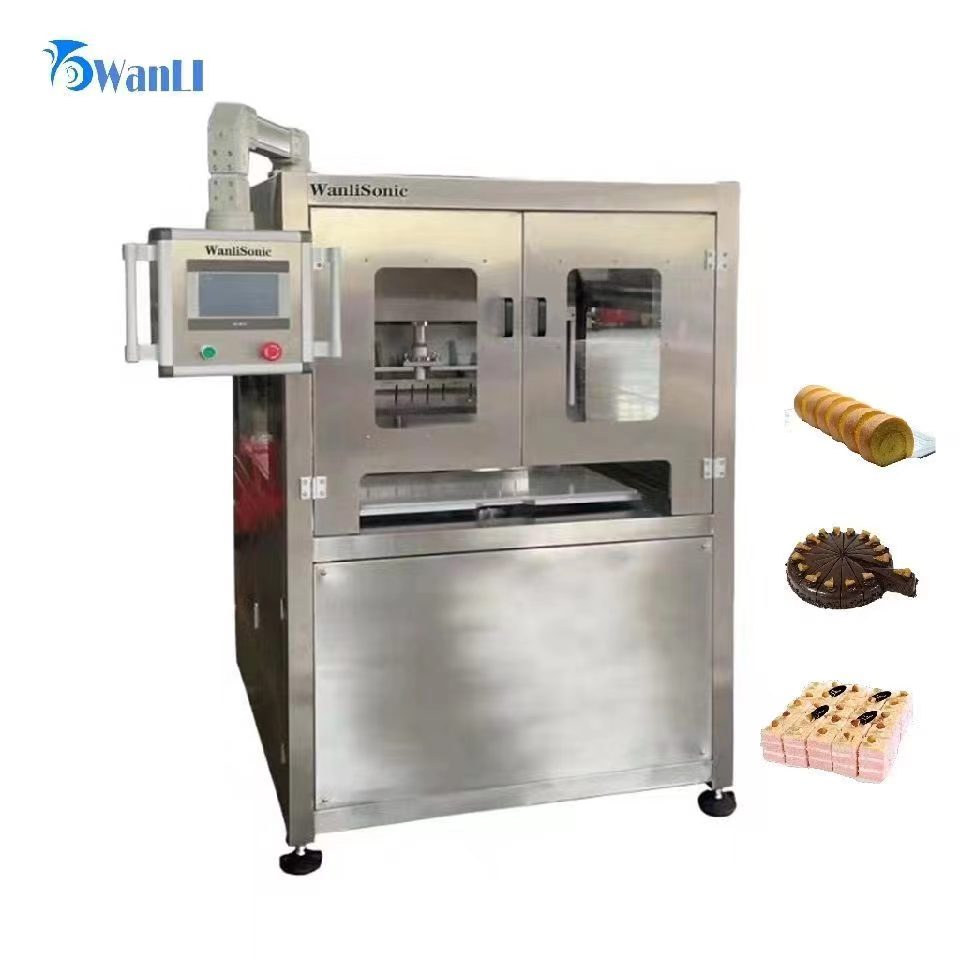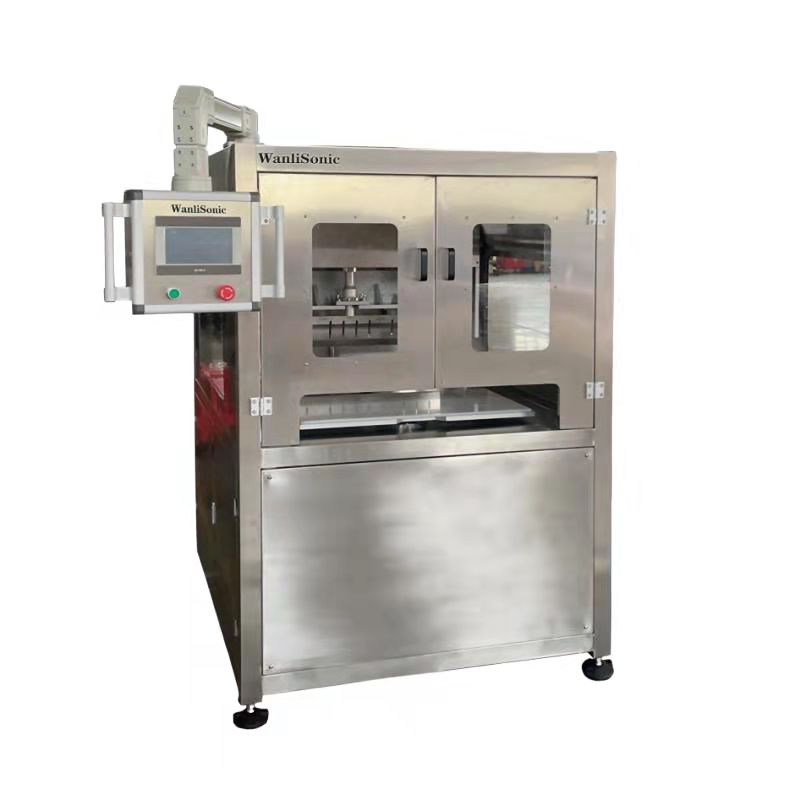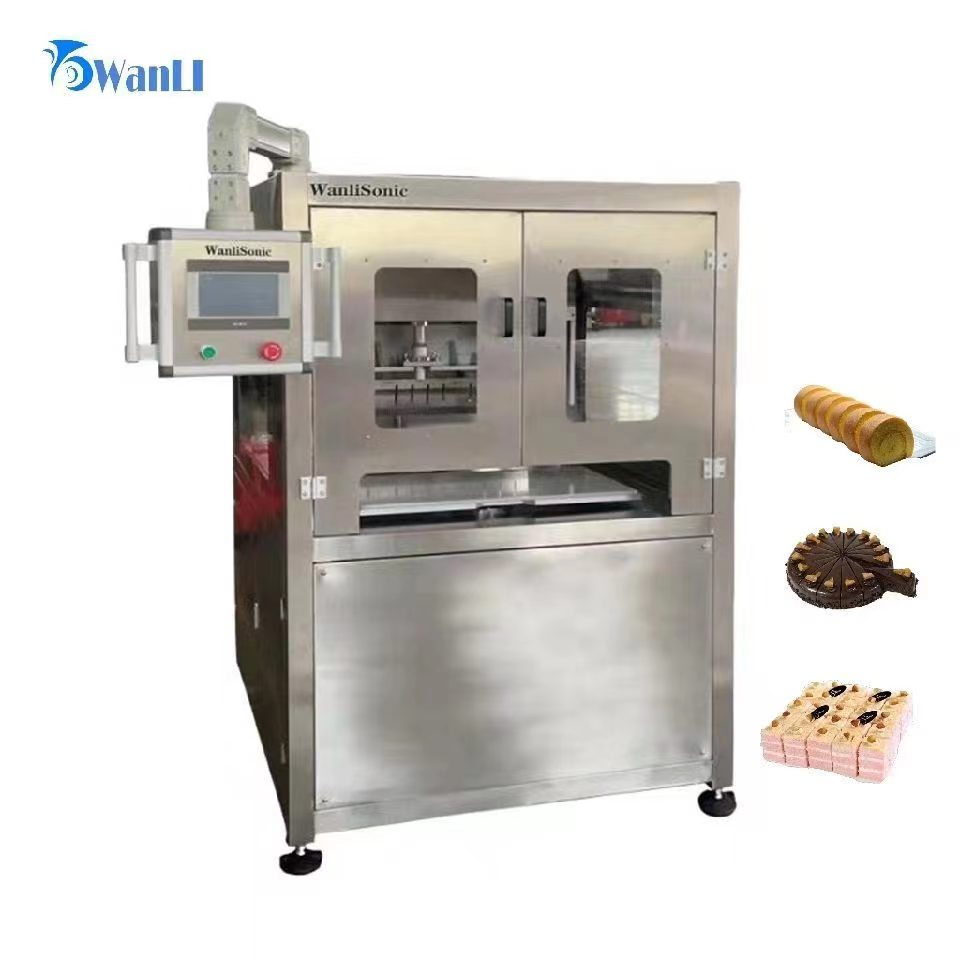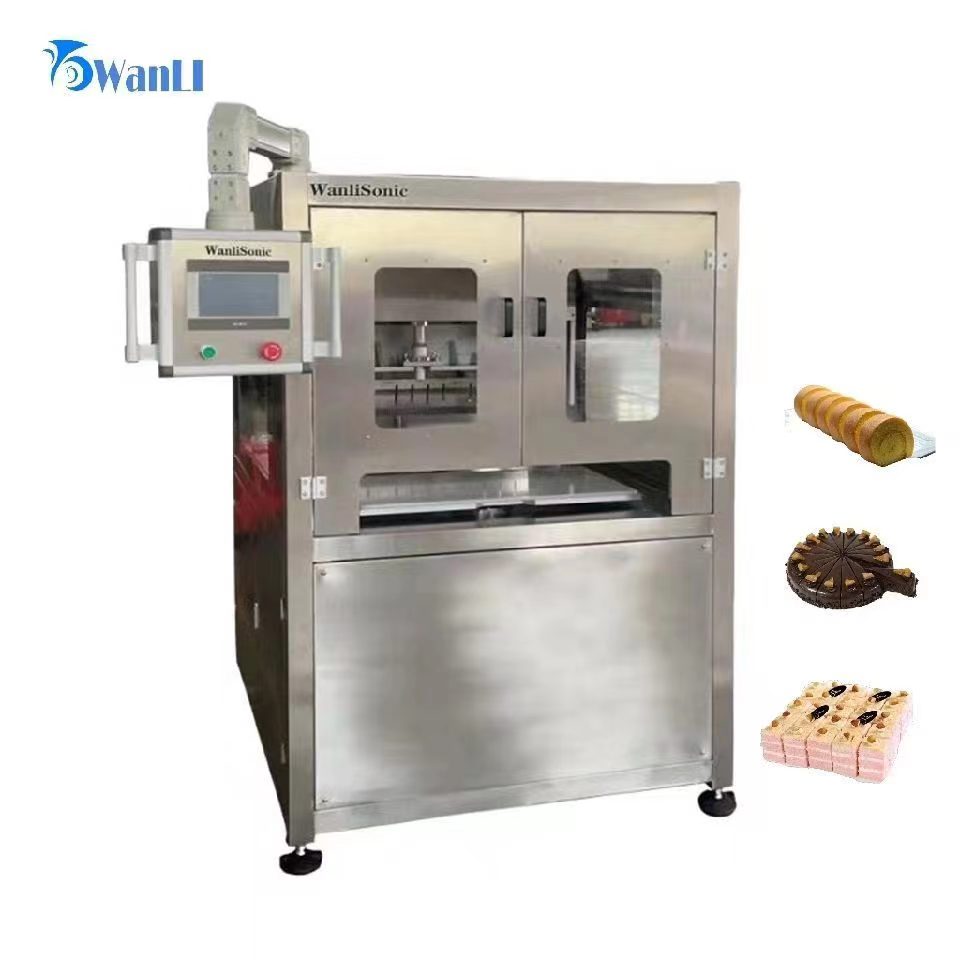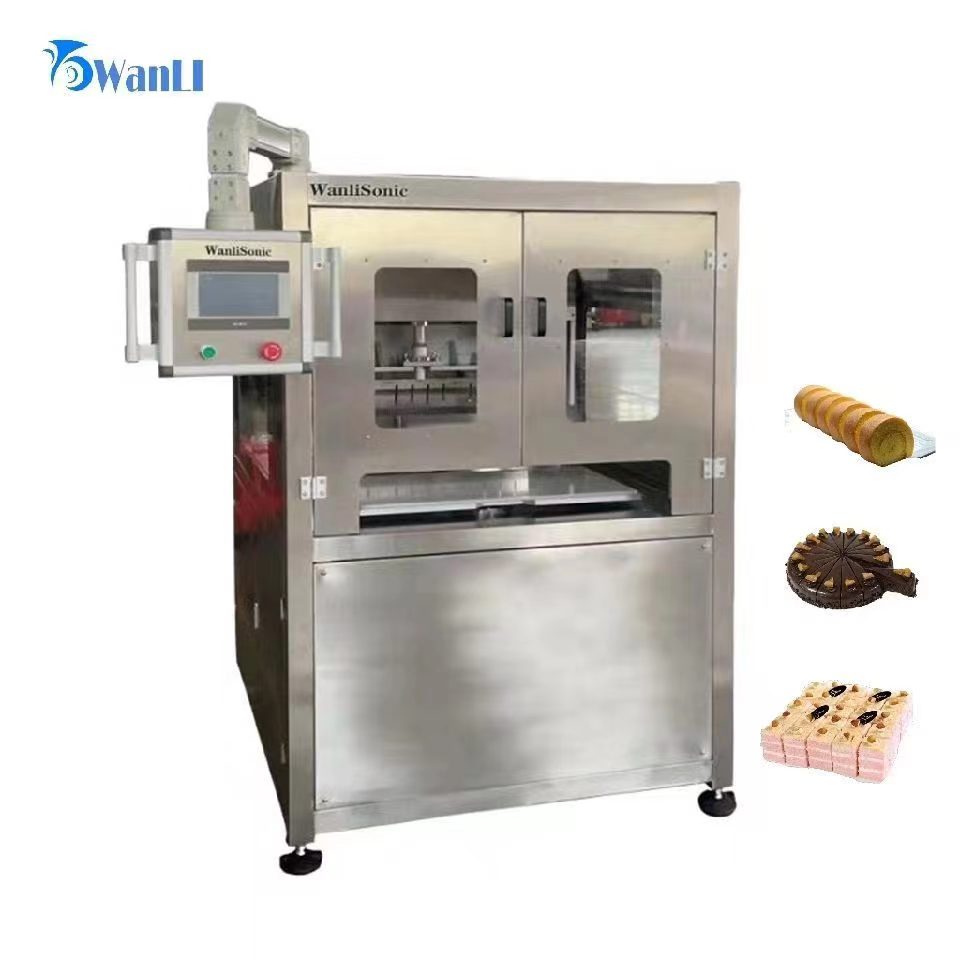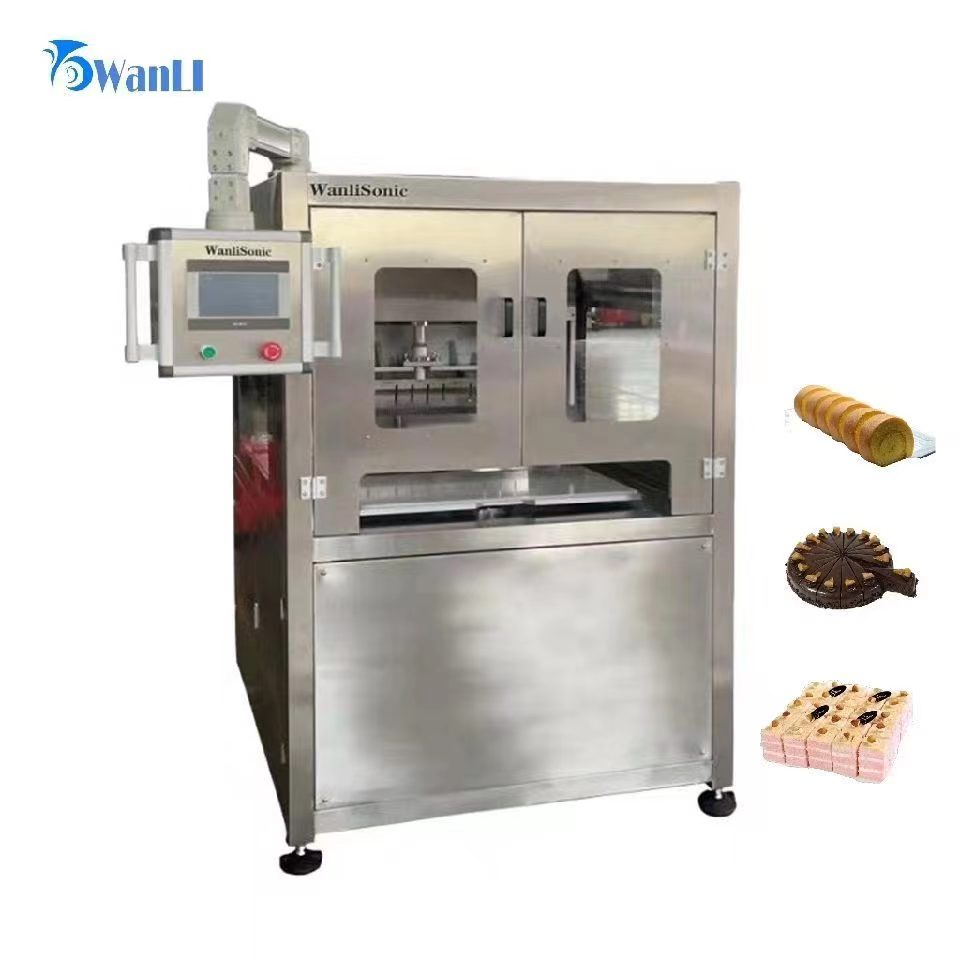Ultrasound refers to a mechanical wave (frequency>20 kHz) that exceeds the hearing range of the human ear, and the higher frequency type (frequency>100 kHz) is called high-frequency ultrasound. The frequency of current ultrasonic equipment is generally in the range of 20 kHz to 10 MHz. As an advanced food processing technology, ultrasound has the characteristics of mild action and strong pertinence. It is widely used in food and other fields and has great development prospects.
According to the frequency and power of ultrasonic waves, ultrasonic waves can be divided into two categories: high-power low-frequency ultrasonic waves and low-power high-frequency ultrasonic waves. Among them, high-power low-frequency ultrasound (frequency between 20 and 100 kHz) is also known as power ultrasound, which has a wide range of applications in food processing, such as promoting emulsification, destroying cells, sterilization and enzyme killing, softening meat and substance modification, etc. . Low-power high-frequency ultrasound (its frequency is mainly concentrated in 100 kHz to 10 MHz) is not only used in medical diagnosis, but also widely used in the analysis and monitoring of food physical and chemical properties, such as hardness, maturity, sugar, acidity, etc.
High-frequency ultrasonic waves have different chemical and physical effects from low-frequency ultrasonic waves, and can generate a large amount of active free radicals, thereby causing degradation and modification of polymers. When ultrasonic waves are applied to the oxidation reaction in an aqueous solution, high-frequency ultrasonic waves are more energy-efficient than low-frequency ultrasonic waves. Under certain conditions, as the frequency rises, the ratio of the actual ultrasonic power to the input power increases, that is, the conversion efficiency increases, and high-frequency ultrasound can achieve a higher sonochemical efficiency.
Using this property of high-frequency ultrasound can also degrade some residual harmful substances in food industry wastewater or packaging. A large number of active free radicals generated by high-frequency ultrasound can react with easily oxidized food ingredients, and to a certain extent can enhance the functional properties of certain food ingredients.

